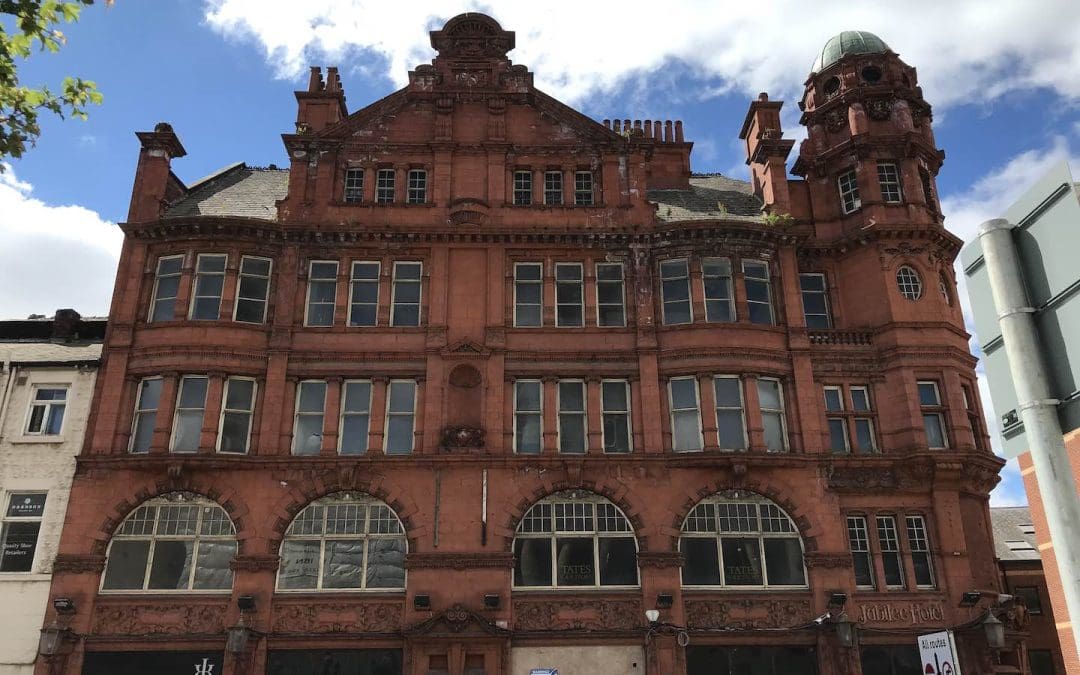Commercial building renovation can breathe new life into a historic building. However, it also comes with a unique set of challenges around preserving the fabric of the building and its heritage. But whether your building restoration includes facade cleaning or shoring up ageing infrastructure, these five tips will help you achieve the best end result for your project.
1 .Plan ahead
The key to achieving success and keeping your building restoration on track is to set clear goals for your project. For example, does the building require stone facade repair? Or is there brick pointing work that needs attention? Do you require any specialist approval for a listed building?
Planning every detail beforehand with your building and restoration specialists will keep the project on track and help to minimise delays and costly overruns.
2. Be realistic about your budget
Historical building renovation can be costly. But creating a detailed budget can help to avoid unseen expenses. Talking to your building restoration specialist about your plans and priorities will help you develop a realistic and accurate overview of your costs.
Most projects fail because of unrealistic budgets and a lack of planning. Once you’re ready to go ahead, build in a minimum 10% contingency to deal with any unforeseen expenses like rises in the cost of materials. Setting a realistic budget can help you prioritise and keep your project on track.
3. Know the building regulations
When you’re planning a commercial building renovation of a historic building, it pays to involve planning officers, designers and restoration specialists from the start. This gives your team time to investigate the building’s history and apply for planning permission or listed building consent. In addition, your project may need to maintain as much of the style of the original building as possible. So it makes sense to approach every decision from the start of the project with conservation in mind.
Upgrades and changes should always be sympathetic to the style and age of the building. And you should aim to retain as much of the original building fabric as possible. So, for example, if you’re renovating a listed commercial building, a specialist can help with stone restoration that maintains the character of the facade.
4. Focus on sustainability
Commercial building restoration is increasingly valued for restoring the UK’s public architectural heritage. And modern renovation techniques have evolved around a focus on sustainability and energy efficiency. So, for example, remedial work may be required before installing energy-efficient windows and roof insulation.
In addition, working with traditional techniques means your building renovation is sympathetic and sustainable. For example, environmentally friendly cleaning offers a low-impact, high-result solution for age-related problems, including atmospheric staining, rust and lichen. But it’s also a sustainable way to tackle concrete floors and graffiti removal to leave your commercial buildings looking as good as new.
5. Work with the specialists
Finding the right contractor for your project can be challenging. You’ll need to balance the need for work to be delivered on budget and in a timely fashion with the need for exceptional quality. Finding a specialist team that understands your requirements and provides quality work to your budget will set you on the road to success.
Look for a contractor with experience in historical building restoration who’ll understand the specifics of your renovation project. Ask for a portfolio of work and look for references and customer reviews that demonstrate knowledge, expertise, quality of work, and attitude.
Commercial building renovation services from BRC Leeds
At BRC Leeds, our dedicated team of professionals have the skills and expertise to help you achieve your building and restoration project goals. So to guarantee the success of your next commercial building renovation, contact BRC Leeds.

